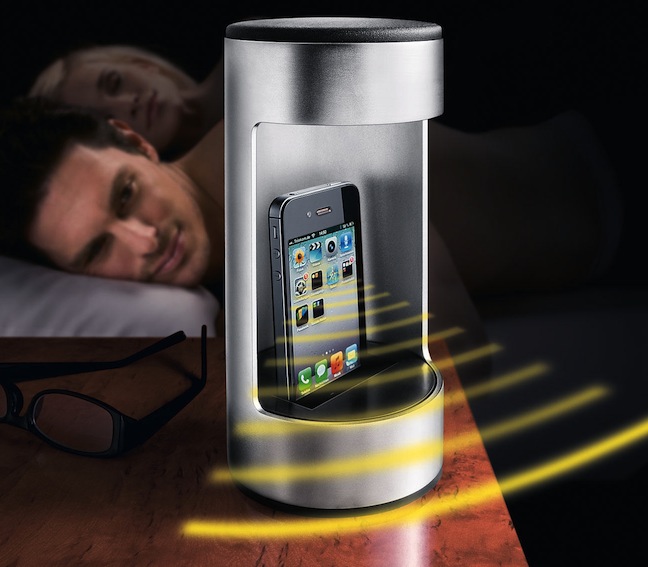
Historically, whenever man or beast's been bombarded with massive amounts of radiation the results have either been gruesome or wholly fantastical (see: any superhero origin story). But recent research out of Japan indicates that a barrage of electrons could actually help scientists revolutionize microbiology and, more excitingly, space travel. The experiment, conducted by a team from the Hamamatsu University of Medicine, found that the larvae of fruit flies hit with this electron rush were able to withstand an electron microscope's hostile vacuum unharmed and even grew to be healthy adults. The results weren't so rosy for the untreated group which, understandably, suffered a grislier fate: death by dehydration. The magic, it turns out, is in that subatomic spray, as the group treated with an electron shower benefited from a polymerizing effect or, more plainly, a bonding of molecules just above the skin's surface that yielded a tough, protective nano-layer measuring between 50- to 100-billionths of a meter thick. Finesse that technique some and it's easy to why one NASA scientist thinks this could lead to the creation of a super-thin "space shield... that could protect against dehydration and radiation."
The process is still far from foolproof, however, seeing as how an increase in the microscope's resolution requires an equal boost in radiation -- all of which is fatal to the insects. So, in order to go deeper and get a more close-up view of the larvae's internals, the team's currently exploring new methods of fabricating these "nano-suits" using an array of chemicals. If you're wondering just how far-off we are from practical human application, then consider this: the amount of radiation required to form the bonded layer is akin to "sunbathing naked on the top of Everest under a hole in the ozone." Which is to say, keep dreaming. And get Jeff Goldblum on the phone while you're at it... we have a promising idea for a Return of the Fly sequel.
Filed under: Science, Alt
Comments
Via: Wired
Source: ScienceNOW












 Basically, the EMF detector, dubbed as “Mr. Ghost,” works with an app to help you detect and track the source of invisible electromagnetic radiation in your house, at your office, at school, and in virtually any place where you suspect that there might be ghosts. Yes, I know that EM radiation isn’t actually left behind by ghosts, but it still might come in handy for detecting actual sources of electromagnetic interference.
Basically, the EMF detector, dubbed as “Mr. Ghost,” works with an app to help you detect and track the source of invisible electromagnetic radiation in your house, at your office, at school, and in virtually any place where you suspect that there might be ghosts. Yes, I know that EM radiation isn’t actually left behind by ghosts, but it still might come in handy for detecting actual sources of electromagnetic interference.


